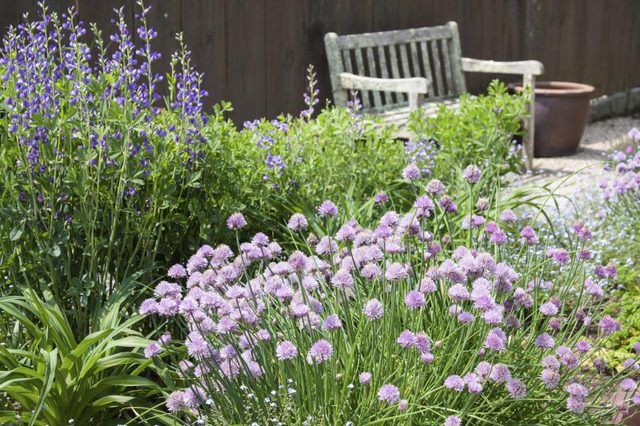Bulbs
Flower Basics
Flower Beds & Specialty Gardens
Flower Garden
Garden Furniture
Garden Gnomes
Garden Seeds
Garden Sheds
Garden Statues
Garden Tools & Supplies
Gardening Basics
Green & Organic
Groundcovers & Vines
Growing Annuals
Growing Basil
Growing Beans
Growing Berries
Growing Blueberries
Growing Cactus
Growing Corn
Growing Cotton
Growing Edibles
Growing Flowers
Growing Garlic
Growing Grapes
Growing Grass
Growing Herbs
Growing Jasmine
Growing Mint
Growing Mushrooms
Orchids
Growing Peanuts
Growing Perennials
Growing Plants
Growing Rosemary
Growing Roses
Growing Strawberries
Growing Sunflowers
Growing Thyme
Growing Tomatoes
Growing Tulips
Growing Vegetables
Herb Basics
Herb Garden
Indoor Growing
Landscaping Basics
Landscaping Patios
Landscaping Plants
Landscaping Shrubs
Landscaping Trees
Landscaping Walks & Pathways
Lawn Basics
Lawn Maintenance
Lawn Mowers
Lawn Ornaments
Lawn Planting
Lawn Tools
Outdoor Growing
Overall Landscape Planning
Pests, Weeds & Problems
Plant Basics
Rock Garden
Rose Garden
Shrubs
Soil
Specialty Gardens
Trees
Vegetable Garden
Yard Maintenance
How to Design a Mediterranean Landscape
How to Design a Mediterranean Landscape. A Mediterranean landscape is inspired by the climate and design style of the coastal areas of Spain, Italy and France, but you don't need to live in that region to borrow some of the influence for your property. By combining rustic plants and materials with pops of vivid color, you can capture a...

A Mediterranean landscape is inspired by the climate and design style of the coastal areas of Spain, Italy and France, but you don't need to live in that region to borrow some of the influence for your property. By combining rustic plants and materials with pops of vivid color, you can capture a Mediterranean look for your garden or back yard to create a charming place to relax.
Use Traditional Plants
Creating a Mediterranean-style landscape starts with plants that are classics in the Mediterranean region. For example, olive trees (Olea europaea), hardy in U.S. Department of Agriculture plant hardiness zones 9 through 11, can be eye-catching ornamentals for a yard while Italian cypresses (Cupressus sempervirens, USDA zones 7b through 11) work well as a privacy screen because of their narrow, columnlike appearance. Olive trees are considered invasive in some areas, though. So avoid planting them near open spaces, and keep them under control by pulling out seedlings by hand. No Mediterranean landscape is complete without herbs such as English lavender (Lavandula angustifolia, USDA zones 5b through 8) and rosemary (Rosmarinus officinalis, USDA zones 8 through 10). You also can add movement to the landscape by planting ornamental grasses, including deer grass (Muhlenbergia rigens, UDSA zones 5 through 11) and autumn moor grass (Sesleria autumnalis, hardy in USDA 5 through 8).
Incorporate Stone
Traditional Mediterranean gardens have stone for hardscape areas to add color and texture to the landscape. Create an authentic look by choosing light-colored stone, which is often used in Mediterranean gardens so walkways and patios in hot sunlight donít become uncomfortable to people using them. Stone tiles such as travertine provide a more polished look for walkways and patio areas. For a rustic ambiance, opt for loose gravel to give a garden path added texture. In the center of a garden area or courtyard, a stone fountain can make a striking centerpiece. Tiered styles offer the most traditional look for a Mediterranean landscape, but a simple stone fountain also can work well.
Decorate with Statues and Pottery
Incorporating statues and pottery throughout the yard helps add character and visual interest to a Mediterranean landscape. Choose traditional garden statues for the yard; works depicting Roman figures, Greek gods and animals such as lions all fit the style well. You can use pottery to hold container plants or simply place pottery in the corners of a patio or terrace to add visual interest. Terracotta pots work well in a Mediterranean landscape, but ceramic pottery is another option. Instead of the usual pottery available at large garden centers, though, use pots that have a handcrafted look. Urns, bowls and even olive jars can holds plants, decorative rocks or other materials in a Mediterranean-style garden.
Use Bold Colors
When youíre choosing a color palette for a Mediterranean landscape, stay away from soft shades such as pastels. Instead, incorporate bold, bright shades through furniture cushions, ceramic pottery and other accessories. Cobalt blue is a classic shade for the design because Mediterranean style is inspired by the sea that surrounds the region. In addition to including colorful cushions and accessories, you could paint a stucco garden wall a vibrant cobalt blue or mix cobalt blue tiles into a patio or pool design. Other shades that work well for the Mediterranean theme include red, yellow and orange.